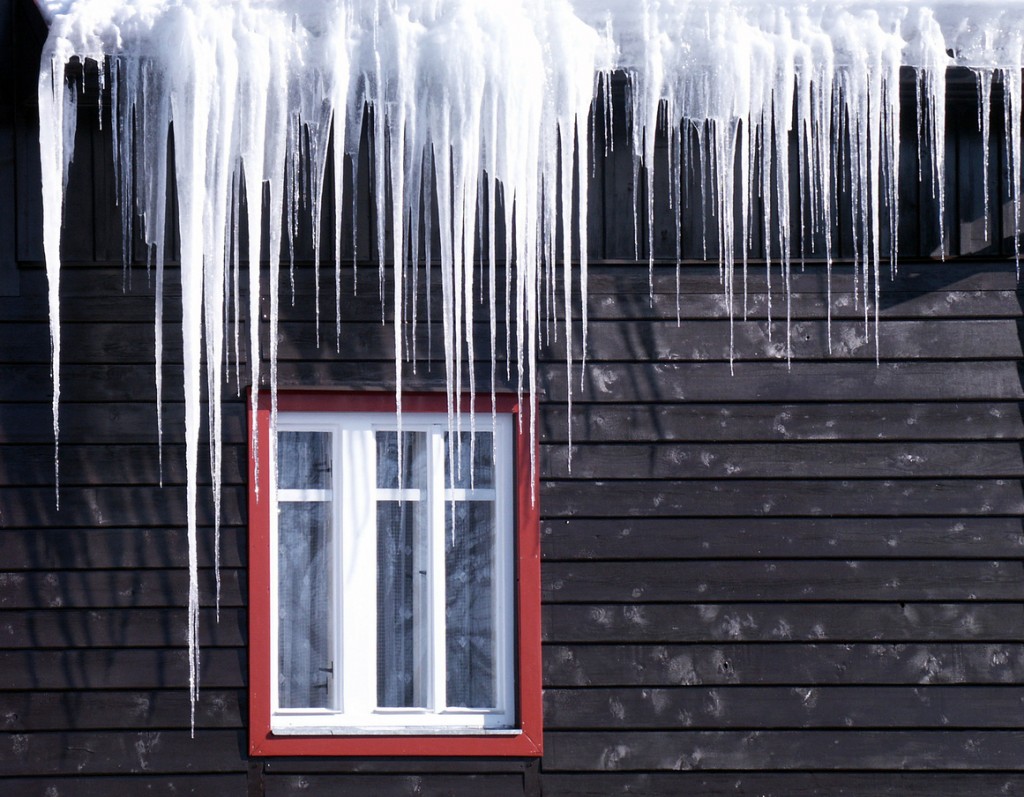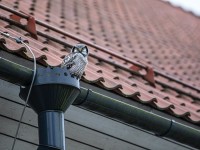The importance of the roof for the comfort of your home can’t be overestimated. It is the roof that takes the first blow from all forces of nature like rain or snow. That’s why it must be constantly in the center of your attention. You should regularly clear or have it cleared from snow and ice. The drain pipes must be free of any debris. Not a single shingle on your roof can be missing. You can perform the roof maintenance operations comparatively easily during the warm period starting from spring and ending with fall. However, sometimes roof repair may be required when the thermometer shows a value below the freezing point. Is it actually possible to have the roof repaired in winter? It is. That said, before you take your toolbox from a shelf in the garage or call a professional roofing contractor, you need to consider several factors. They determine whether you should deal with roof repair while it’s still cold or postpone it until the sun melts down the snow in spring.
1. Roof repair professionals are not machines
One of the most important things in roof repair work whether in summer or in winter is the safety and convenience of people who are going to climb upon your roof in order to mend it. When the temperature is below the freezing point, workers have to put on more clothes to stay warm on the roof. It is even colder over there than down on the ground due to the wind. In addition to the clothes, roofers need to wear some professional gear for operational purposes. All that will make their work more difficult and quickly exhaust them. Another problem is that workers have to wear thin gloves. Many operations require precise movements of the fingers. Thus, thick gloves won’t do, but hands in thin gloves will quickly get cold. Also, the snow and ice that accumulate on the roof will make the slopes slippery. That may cause falls and injuries if no safety precautions are observed by the roofers. As a result, finding a roof repair crew to get the job done in winter is a challenging task. Even when you find those willing to fix your roof, they may intentionally or unintentionally neglect certain operations, which they wouldn’t do at a warmer time.
2. Equipment
Tools that roof repair professionals use may also present a big problem in winter months. It is true that certain tools can be adjusted for cold conditions, but not all of them. The nail gun is one of those delicate tools. Nails cannot be underdriven or overdriven. During the compression/release cycle, however, water will turn into ice, partially blocking the airline. As a result, the nails will fail to get into a shingle as deeply as necessary.
3. Shingles
The next point to consider is the materials for the roof. The problem with the popular asphalt shingles is that they grow brittle under freezing conditions and lose their normal elastic properties. Because of that, bending and cutting them right becomes a task hard to complete. Then, even when the pressure in the system is within the norm, there is a risk those brittle shingles will be overridden by nails. Shingles themselves, though, are only part of the issue. They are provided with a special sealant strip, which activates with the sun and glues one shingle to another. However, some shingles may not have this sealant strip self-activating when a certain temperature limit is reached. As a result, workers will have to put special cement under each shingle and press it. That requires far more effort and time, and will certainly increase the overall roof repair bill.

Many icicles hang on chalet´s roof
4. Seriousness of the problem
Before you decide to repair the roof yourself or have professionals fix it, you need to understand if you can wait until spring. For example, if you have noticed that a shingle is missing or your roof is leaking in one place, you must act immediately even if it is January. On the other hand, shingle blistering doesn’t call for the state of emergency and can be left alone until it is warm enough.
Winter roof repair is possible, although it does require taking certain factors into account. You will most likely have to pay more to roofing contractors: Shingles become harder to work with, self-sealant tapes may not activate, nail guns don’t function as they should, and roofers have to work under harsh conditions. So, first think about how severe the problem is. When in doubt, ask for a professional opinion. You can also avoid many issues if you keep your roof in good order by regularly clearing it of snow and ice.





